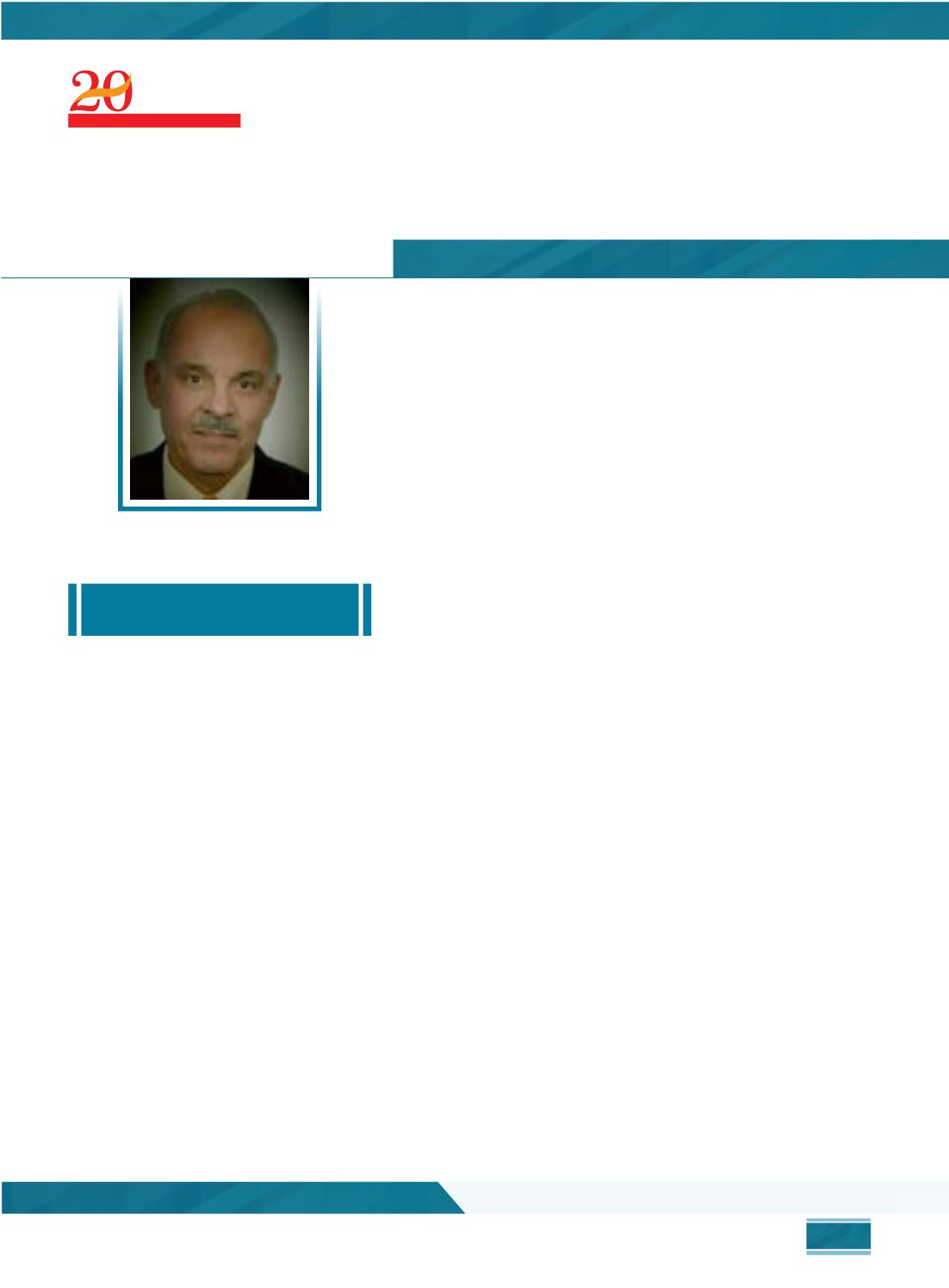

Ophthalmology Summit 2019
Ophthalmology Case Reports | Volume 3
Page36
March 27-28, 2019 | Amsterdam, Netherlands
2
nd
GLOBAL
OPHTHALMOLOGY SUMMIT 2019
OF EXCELLENCE
IN INTERNATIONAL
MEETINGS
alliedacademies.comYEARS
EFFICIENCY OF NON-SUTURE
MYECTOMY TECHNIQUE FOR
LARGE-ANGLE HORIZONTAL
STRABISMUS SURGERY
l
arge angle strabismus is a grey zone for surgeon and there are no clear surgi-
cal rules. And very frequently reoperated many times and the results unpre-
dictable. The author will evaluate and explain this surgical technique for huge
squint.
Methods and Material:
A retrospective random study filtered from my origi-
nal article which published two years before . Forty cases at different hospitals
in Syria, Libya, and Saudi Arabia, age and sex not defin. Complete evaluation
of the patient medical and psychological history is made, and orbital CT scan
investigation was performed after the surgery to evaluate the adjustment of
the muscles. We operated 38 primary strabismus patients (XT-ET) and four sec-
ondary cases re-operated using this new technique. All patients were evaluated
clinically and imagery and the Follow-up were conducted for up to three years.
Results:
Out of 40 cases, 38 (95%) were successful (less than 10 pd) with high
ocular motility within one month. under correction only appeared in two cases
( 5%). One cases reoperated and the second refused. No major complications
were recorded during and after the surgeries, the results are supported by doc-
uments and images.
Conclusions:
This technique is remarkable in our ophthalmic field because it
didn’t interrupt the integrity of the normal ocular motility and it’s simpler, eas-
ier, with higher successful rate, require less time, without suturing, much more
efficient, with less complications and short learning carve.
Said Abdulkader Jamaleddine, Ophthalmol Case Rep 2019, Volume 3
Said Abdulkader Jamaleddine completed
his MBBCH from Cairo University in 1980.
After that he became MD ophthalmic Spe-
cialist-Syria in 1985. Then he got Syrian
Board certificate in 2015. In 2016 he got
Saudi Commission certificate. He served
as an Executive director of ophthalmology
department at Ministry of health al watani
hospital Homs-Syria from 1986 to 1990. 1991
to 2018 he has taken part in many congress
and meetings showcased his research works
there. He has developed three state of art
surgical techniques for glaucoma and closed
DCR and Squint surgery.
dr.jamal19@gmail.comSaid Abdulkader Jamaleddine
Saudi Arabia Ministry of Health, UAE
BIOGRAPHY


















